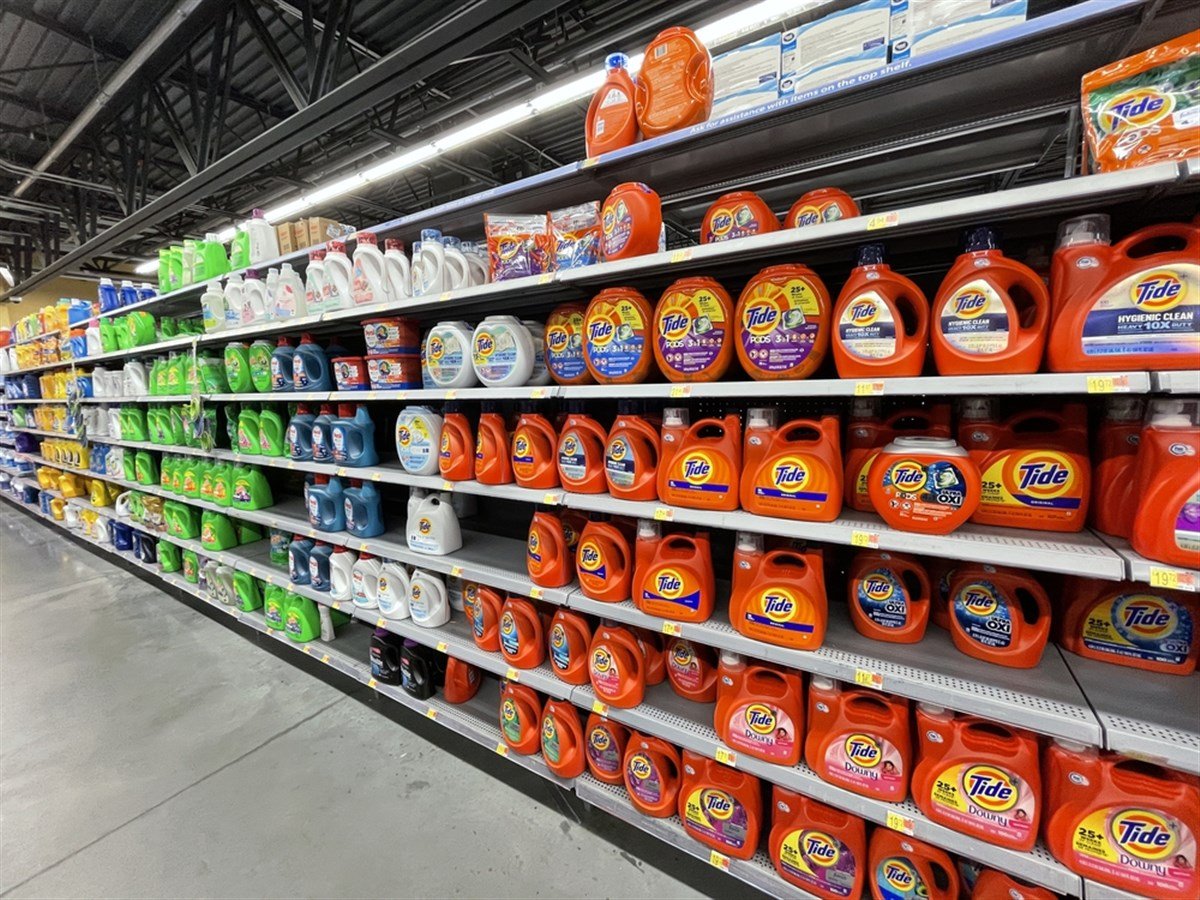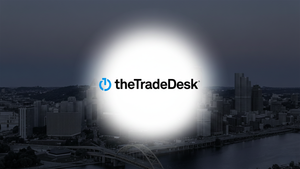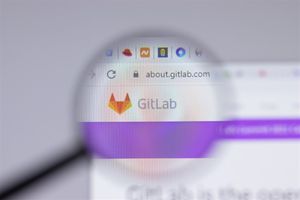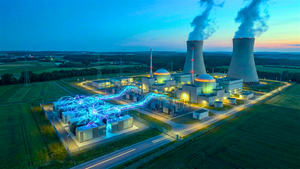
It’s no secret that most of the market’s attention has been centered around the technology sector, especially in stocks dealing with the advancement and global adoption of artificial intelligence, names like NVIDIA Co. (NASDAQ: NVDA) and even Taiwan Semiconductor Manufacturing (NYSE: TSM). While these stocks have outperformed this year, investors should focus on the road ahead.
That road may have a different sector in mind for the market’s attention, and it won’t be the exciting tech names or even pending patents for a biotech stock. This time, Wall Street is starting to favor a rotation out of technology and consumer discretionary names into the consumer staples sector, providing investors with more stability and predictable cash flows.
To prove this trend, analysts at Citigroup recently boosted their price targets for Procter & Gamble Co. (NYSE: PG) up to $190 a share, where they previously valued the stock at $177 a share, so that’s a boost of 7.3% roughly. While it may not be as aggressive as the boosts and price action of the shiny stocks taking over the S&P 500 today, it is worthy of investor attention considering the company’s $393.2 billion market capitalization.
Why Today's Economy Calls for Stocks Like Procter & Gamble
Not many know what is happening in the U.S. economy today, but economists have dreaded it since the last time it happened, in the 1970s. That condition is called stagflation, and it’s a sticky one, making the Federal Reserve’s (the Fed) job a lot harder than it already is.
Why? Well, this condition is defined as low economic growth with high inflation. The last quarter of U.S. GDP growth was revised to only 1.3%, while inflation came in above 3%. This means that investors need to look for businesses that can provide not only above-inflation and GDP growth but also stability in a shaky economic environment.
That’s where Procter & Gamble stock comes into play. Because the company’s products are not highly exposed to the business cycle and the ebbs and flows of the manufacturing or services PMI indexes, it provides the stability and predictability investors should look for during economic environments like today’s.
Whether the economy is booming or busting, free cash flow (operating cash flow minus capital expenditures) will carry investors through, and that’s how Procter & Gamble’s advantages can be quantified through the company’s financials.
Starting with margins, Procter & Gamble operates under a 51.5% gross margin, which makes sense since the company’s products are monopolized, and there aren’t many options to replace them.
This pricing power and market share trickles down into net margins of 18%, enabling management to retain more capital to reinvest and keep the business expansion plans underway. Investors can double-check this fact by noticing a return on invested capital (ROIC) rate of 21.2%, which is where the compounding capabilities of Procter & Gamble stock will be found.
Over the long term, annual stock price performance tends to follow the average ROIC rate, which investors can use to pinpoint a stock’s potential to beat inflation and GDP growth.
How the Market Views Procter & Gamble Stock Right Now
Starting with price action as a gauge, investors can assume that the overall market is behind the same trend that Citigroup analysts spotted, as the stock now trades at 98% of its 52-week high.
More than that, investors can compare Procter & Gamble to other stocks in the staples space, like Clorox Co. (NYSE: CLX) and Unilever (NYSE: UL). Investors can compare valuation metrics and spot which company is commanding the most premium in the sector, or at least compared to its peers.
On a forward P/E basis, Procter & Gamble stock trades at a 23.9x valuation, placing it above its peers. Since Clorox stock trades at a 23.1x multiple and Unilever trades at 19.6x, these peers are trading at a discount of 10% and 24%, respectively.
The same trend remains in the price-to-sales (P/S) ratio: Procter & Gamble trades at 4.6x today, while Clorox and Unilever trade at 2.3x and 2.6x. Stocks trade at a premium to peers for a good reason, especially when large capitalization stocks are being compared.
To crystalize the further upside ahead of Procter & Gamble stock, Guinness Asset Management (Procter & Gamble’s largest shareholder) boosted its stake by 0.4% as of July 2024. While this may not seem much on percentage terms, this boost brought the asset manager’s net investment to $187 million today.







